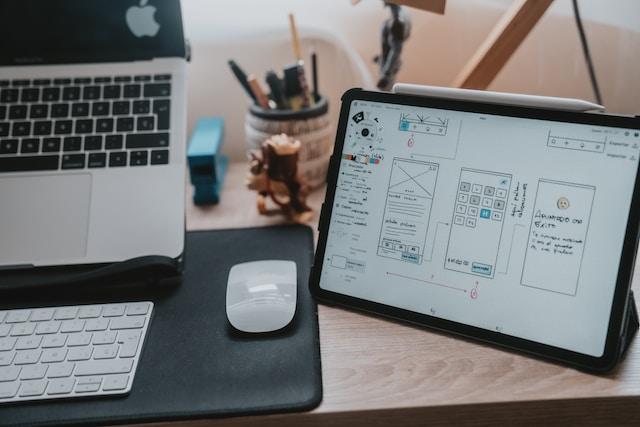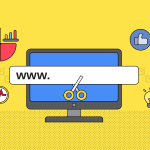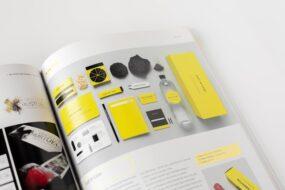
In today’s fast-paced digital world, user interface design is crucial in creating engaging and intuitive user experiences. As technology upgrades, so do the trends and future predictions for the future of a UI design agency. This article explores the emerging trends and predictions shaping the future of Digital Interfaces.
Minimalism and Simplification
The significant trend you can expect to see in the Digital Interface is the continued emphasis on minimalism and simplification. With the increasing complexity of technology, designers are striving to create UIs that are clean, uncluttered, and easy to navigate. Minimalistic designs not only enhance the visual appeal of the interface but also improve the overall user experience by reducing cognitive load and improving readability. Minimalism promotes clarity, focus, and intuitive interactions, enhancing usability and heightened user engagement.
Voice User Interfaces (VUIs)
As voice recognition technology advances, voice user interfaces (VUIs) are expected to gain significant traction. With the innovation of virtual assistants like Siri, Alexa, and Google Assistant, users are becoming more comfortable interacting with devices through voice commands. VUIs have the potential to revolutionize the way you interact with technology by providing a hands-free and intuitive user experience.
Augmented Reality (AR) and Virtual Reality (VR)
Augmented Reality (AR) and Virtual Reality (VR) transform how users interact with digital interfaces. These technologies can create immersive and interactive experiences that overcome the gap between the digital and physical worlds. In the future, you can view Digital interfaces that leverage AR and VR to provide users with a more engaging and realistic experience. These advancements can potentially revolutionise various industries, including gaming, education, healthcare, and architecture.
Microinteractions
Microinteractions are small, subtle animations or visual cues that provide feedback and enhance the user experience. These interactions can range from a simple button animation to a progress indicator. In the future, designers will continue leveraging micro-interactions to create delightful and engaging user experiences. These small details can significantly impact user satisfaction and make the interface more intuitive and responsive. By incorporating micro-interactions, designers can create a sense of delight and make interactions more memorable and enjoyable for users.
Dark Mode
Dark mode has gained immense popularity recently, and it is expected to become merely common in the Digital Interface Dark mode not only offers a visually appealing alternative to the traditional light interface but also provides several practical benefits. It reduces eye strain, saves battery life on OLED screens, and can create a more immersive and focused user experience.
Gestures and Non-Traditional Inputs
With the rise of touch-enabled devices, gestures, and non-traditional inputs have become integral to Digital Interfaces. You can expect to see even more emphasis on gesture-based interactions, such as swiping, pinching, and rotating. These intuitive and natural interactions enhance the user experience and make the interface more responsive and engaging.
Personalization and Customisation
Personalization and customization have become essential aspects of UI design, allowing users to tailor their digital experiences to their preferences. In the future, Digital Interface will continue to focus on providing users with options to personalize their interfaces, such as choosing color schemes, layouts, and content preferences. This level of personalization improves user satisfaction and creates a sense of ownership and control.
Conclusion
The future of a UI design agency is promising and exciting, with emerging trends and predictions shaping the way users interact with digital interfaces. From minimalistic designs to voice user interfaces, augmented reality, micro-interactions, dark mode, gestures, and personalization, the focus is on creating intuitive, engaging, and personalized experiences. As technology advances, UI designers will need to stay abreast of these trends and adapt their design strategies to meet users’ evolving needs and expectations.







